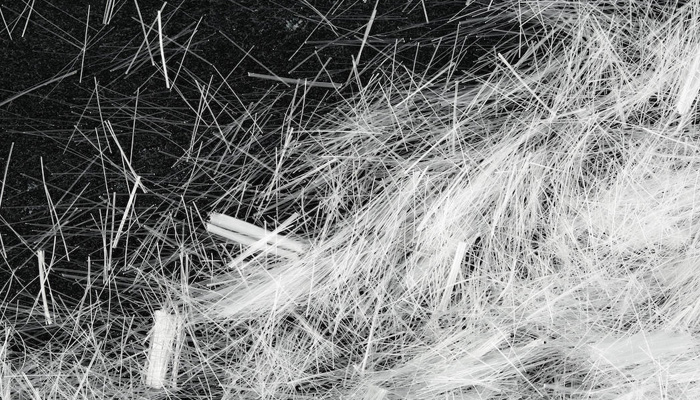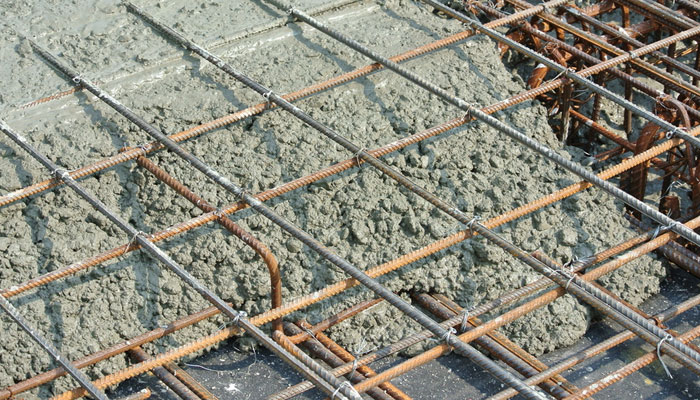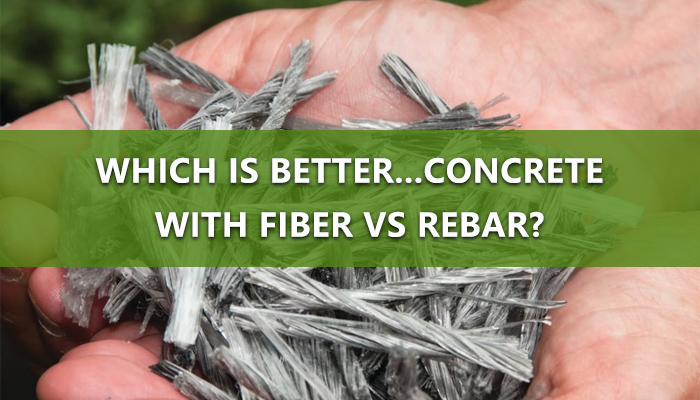To improve its performance and durability, two common methods are used: adding fibers or rebars. But which one is better? In this article, we’ll compare concrete with fiber vs rebar and discuss their advantages and disadvantages.
Concrete with Fiber
Concrete with fiber vs rebar which is better? Concrete with fiber also known as fiber-reinforced concrete (FRC), is a type of concrete that contains fibers made of steel, synthetic materials, or natural fibers.
These fibers are dispersed throughout the concrete to improve its mechanical properties, such as tensile strength, flexural strength, and impact resistance.
Advantages of Concrete with Fiber
Improved tensile strength: Fibers in the concrete help to resist cracking and improve tensile strength, reducing the risk of failure under tension. Enhanced durability: Fibers improve the concrete’s resistance to degradation, reducing the risk of cracking and spalling.
Reduced maintenance: Fibers help to reduce the need for maintenance and repair, extending the lifespan of the structure.
Improved thermal insulation: Some fibers, such as basalt fibers, have thermal insulation properties, reducing heat transfer and improving energy efficiency.

Disadvantages of Concrete with Fiber
Higher cost: Fiber-reinforced concrete is more expensive than traditional concrete due to the cost of the fibers. Limited availability: Fibers may not be readily available in all regions, making it difficult to source locally.
Specialized equipment: Fiber-reinforced concrete requires specialized equipment for mixing and placing, which can be a challenge for some projects.
Rebar
Rebar, short for reinforcing bar, is a common method used to improve the durability and strength of concrete. It is a steel bar that is embedded in the concrete and runs parallel to the direction of the concrete’s tensile stress.
Advantages of Rebar
Cost-effective: Rebar is a cost-effective method for improving concrete’s strength and durability. Wide availability: Rebar is widely available and can be easily sourced locally.
Easy installation: Rebar is relatively easy to install, requiring minimal specialized equipment. High tensile strength: Rebar has high tensile strength, making it effective in resisting cracking and failure under tension.
Disadvantages of Rebar
Limited flexibility: Rebar is not as flexible as fiber-reinforced concrete, making it less effective in resisting dynamic loads. Susceptible to corrosion: Rebar is susceptible to corrosion, which can reduce its effectiveness and lifespan.
Limited durability: While rebar can improve concrete’s durability, it may not be as effective as fiber-reinforced concrete in reducing the risk of degradation and cracking.

Comparison of Concrete with Fiber vs Rebar
Both concrete with fiber and rebar have their advantages and disadvantages. Fiber-reinforced concrete has better tensile strength, durability, and thermal insulation properties, but it is more expensive and less available. Rebar, on the other hand, is cost-effective, widely available, and easy to install, but it has limited flexibility and is susceptible to corrosion.
Choosing Between Concrete with Fiber and Rebar
The choice between concrete with fiber and rebar depends on the specific project requirements and constraints. If durability, thermal insulation, and tensile strength are the primary concerns, fiber-reinforced concrete may be the better choice. However, if cost-effectiveness, availability, and ease of installation are more important, rebar may be the better option.
Conclusion
In conclusion, both concrete with fiber and rebar are effective methods for improving the strength and durability of concrete. While fiber-reinforced concrete has better performance in some aspects, rebar is more cost-effective and widely available.
The choice between the two depends on the specific project requirements and constraints. Regardless of the choice, using either method can significantly improve the performance and lifespan of concrete structures.
